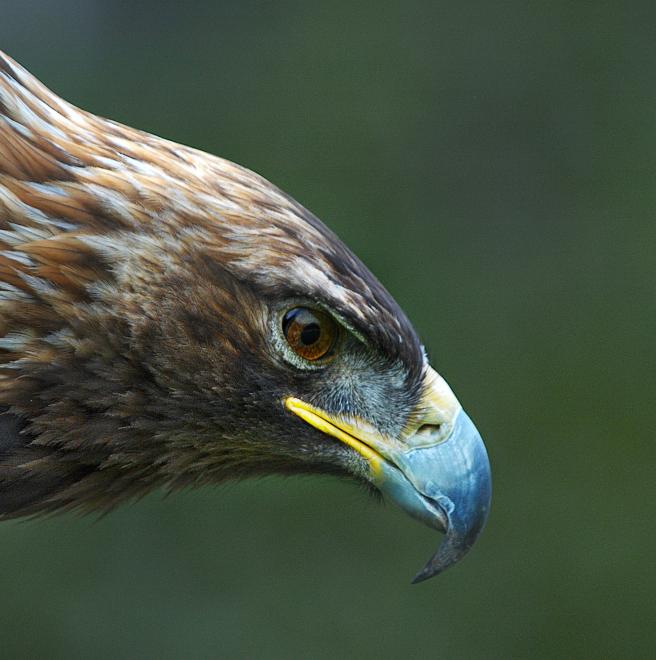

By 2080, this symbol of wild, open spaces is projected to lose 41 percent of breeding range and 16 percent of non-breeding range, according to Audubon’s climate model. Whether the raptor, which has 70-mile territories, will keep pace with a shrinking breeding range is uncertain, as is how changes in prey abundance will adjust to the shifting climate.
This striking, dark-brown raptor occupies a wide range of habitats in western North America, from the Alaskan tundra south to the Arizona desert, and it also occurs locally in eastern North America. It is also found in Europe, Asia, and northern Africa. It prefers grassland, sagebrush flats, deserts, and other open habitats, where it hunts for small mammals like rabbits, squirrels, and prairie dogs. The Golden Eagle often nests on high cliffs, where it raises one brood a year. Following the breeding season, many northern-dwelling individuals migrate to warmer regions, some journeying as far south as Mexico. A typically solitary bird, it nonetheless will often maintain its pair bonds year-round.
Explore more birds threatened by climate change around the country.





















It's easier than you think to make a difference. Become an Audubon member today to help birds facing climate change.